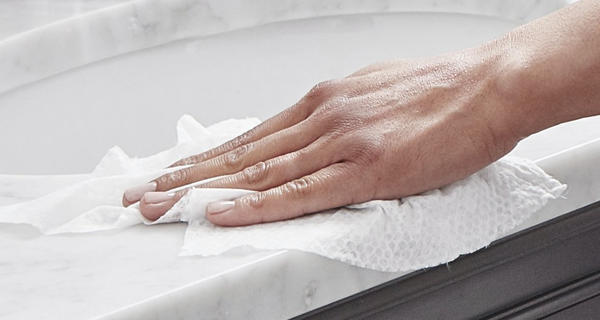Smart toilets have revolutionised smart bathroom design, seamlessly combining style, functionality, accessibility, and hygiene. Staying at the forefront of integrating design and technology is crucial for architects and designers to create innovative and exceptional spaces. Shortly, a smart toilet will surely be included in the design of almost all modern bathroom spaces.
A smart toilet is more complicated than combining a bidet and a toilet. Besides this system's convenience, they are clean and sophisticated in appearance, designed to harmonise with whatever bathroom style you put them in. Many smart toilet systems offer flush buttons in complementary styles to blend in with bathroom tapware for a refined look. Integrated lighting and remote controls provide complete control over the look and how the smart toilet performs for added benefits.
Smart toilet installation typically requires two water points (hot and cold) and a power source. Working closely with professional plumbers, designers can ensure a straightforward installation process that meets the product's specific requirements. Smart toilets are part of the evolution of technological bathrooms, where technology seamlessly integrates to create efficient and futuristic spaces. Beyond smart toilets, other smart bathroom solutions, such as mirrors and sensor taps, can be incorporated further to enhance the functionality and convenience of the space. This holistic approach to bathroom design embraces the possibilities offered by emerging technologies, going beyond comfort and making the bathroom space far more accessible.
Concerning the accessibility options that smart toilets offer, they also cater to the needs of aging clients or those with limited mobility. With their comfort height and integrated bidet functionalities, these toilets provide increased independence and ease of use. However, it is essential to note that while smart bathrooms benefit individuals with disabilities, they may not fully comply with all accessibility guidelines and standards. Designers should consider this aspect and explore additional accessibility measures as necessary.
Hygiene is a top priority with smart toilets. These advanced fixtures incorporate a range of enhanced features to promote cleanliness. Adjustable water pressure, temperature control, and even self-cleaning mechanisms contribute to a superior level of personal hygiene. Cleaning the bathroom is more manageable as these toilets have self-cleaning functions and touchless automatic sensors. They are also sustainable, using less water per flush and reducing the need for toilet paper.
Incorporating smart toilets into bathroom designs perfectly combines style, functionality, and hygiene. Their sleek design, complementary features, space-saving capabilities, and focus on cleanliness make them an attractive choice for modern bathrooms. By embracing the evolution of smart toilets and considering the needs of clients with limited mobility, designers can create exceptional and forward-thinking spaces that enhance the user experience.

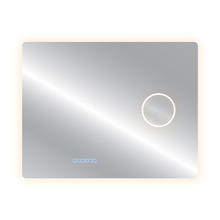 Smart Mirrors
Smart Mirrors Touchless Basin Mixers
Touchless Basin Mixers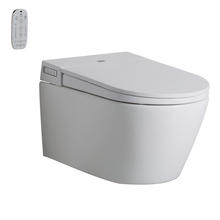 Wall Hung
Wall Hung Wall Faced
Wall Faced Back To Wall
Back To Wall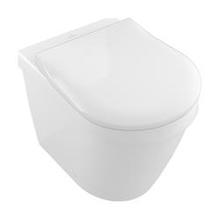 Wall Faced
Wall Faced Wall Hung
Wall Hung Bidets
Bidets Urinals
Urinals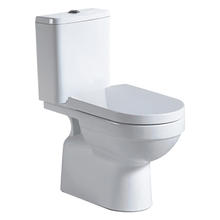 Close Coupled
Close Coupled In Wall Cisterns
In Wall Cisterns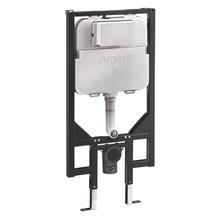 In Wall Cisterns & Frames
In Wall Cisterns & Frames Flushplates
Flushplates Mains Pressure Valves
Mains Pressure Valves Under Counter
Under Counter Drop In
Drop In Vessel
Vessel Counter Top
Counter Top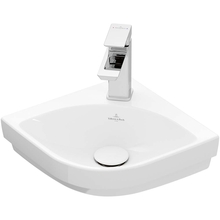 Hand Wash
Hand Wash Wall Mounted
Wall Mounted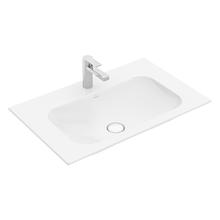 Vanity
Vanity Semi Recessed
Semi Recessed Freestanding
Freestanding Bottletraps & Wastes
Bottletraps & Wastes Accessories
Accessories Wall Hung Cabinets
Wall Hung Cabinets Floor Mounted Cabinets
Floor Mounted Cabinets Basin Mixers
Basin Mixers Shower & Bath Mixers
Shower & Bath Mixers In Wall Bodies
In Wall Bodies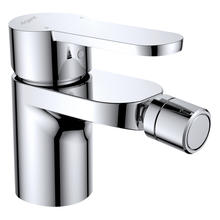 Bidet Mixers
Bidet Mixers Spouts
Spouts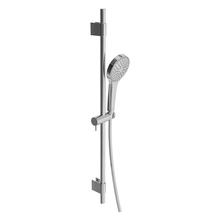 Rail Sets
Rail Sets Shower Systems
Shower Systems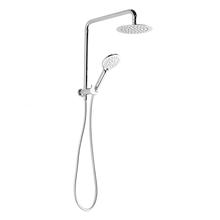 Combination Showers
Combination Showers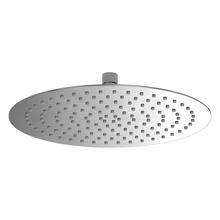 Overhead Showers
Overhead Showers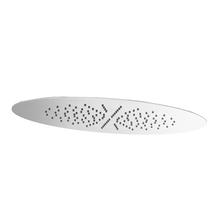 Ceiling Showers
Ceiling Showers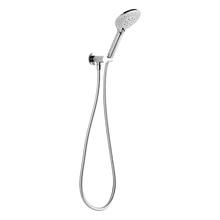 Shower Hook Sets
Shower Hook Sets Freestanding
Freestanding Shower Components
Shower Components Shower Sets with Grab Rail
Shower Sets with Grab Rail Freestanding
Freestanding Drop In
Drop In Spas
Spas Whirlpools
Whirlpools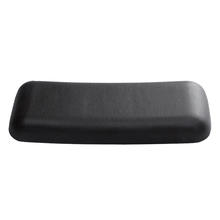 Accessories & Wastes
Accessories & Wastes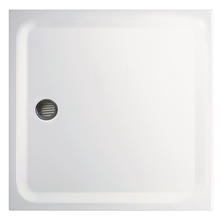 Shower Trays
Shower Trays Wastes
Wastes Robe Hooks
Robe Hooks Towel Rails
Towel Rails Toilet Roll Holders
Toilet Roll Holders Toilet Brush Sets
Toilet Brush Sets Hand Towel Holders
Hand Towel Holders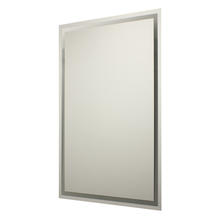 Mirrors
Mirrors Shelves & Baskets
Shelves & Baskets Soap Dishes
Soap Dishes Liquid Soap Dispensers
Liquid Soap Dispensers Towel Racks
Towel Racks Glass Mounted Fittings
Glass Mounted Fittings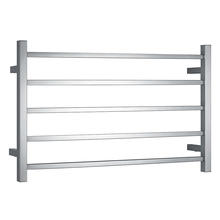 Heated Towel Rails
Heated Towel Rails





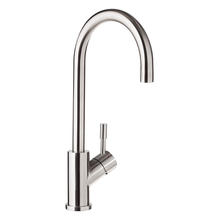 Kitchen Mixers
Kitchen Mixers Under Mount
Under Mount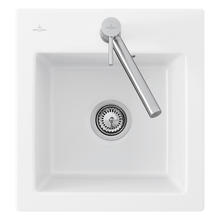 Top Mount
Top Mount Butler & Farmhouse
Butler & Farmhouse Accessories
Accessories PWD King
PWD King Food Waste Disposers
Food Waste Disposers
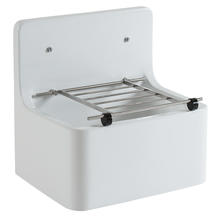 Cleaners Sink
Cleaners Sink
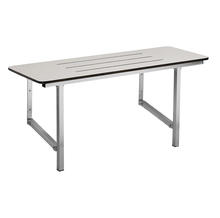 Shower Seats
Shower Seats Grab Rails
Grab Rails Accessories
Accessories Basins
Basins Flushing
Flushing Showers
Showers Sinks
Sinks Tapware
Tapware Toilets
Toilets Accessories
Accessories Flushing
Flushing Showers
Showers Tapware
Tapware Accessories
Accessories Flushing
Flushing Showers
Showers Tapware
Tapware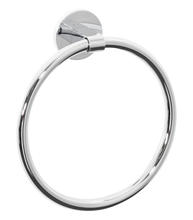 Accessories
Accessories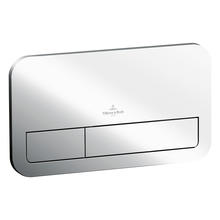 Flushing
Flushing Showers
Showers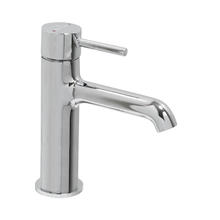 Tapware
Tapware Flushing
Flushing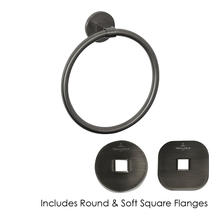 Accessories
Accessories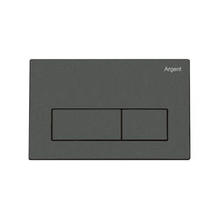 Flushing
Flushing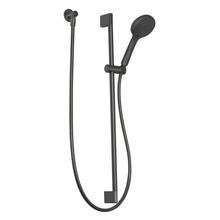 Showers
Showers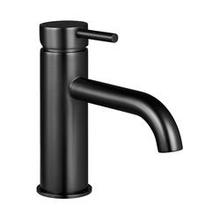 Tapware
Tapware Basins
Basins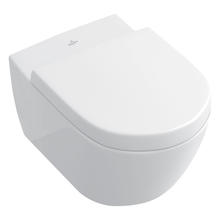 Toilets
Toilets Accessories
Accessories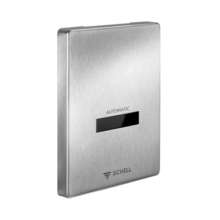 Flushing
Flushing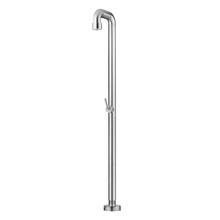 Showers
Showers Sinks
Sinks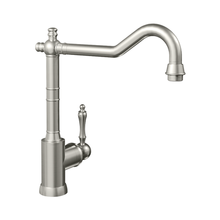 Tapware
Tapware Accessories
Accessories Showers
Showers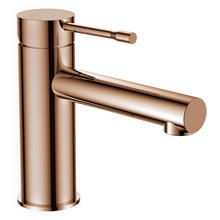 Tapware
Tapware Basins
Basins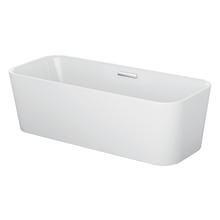 Baths
Baths Sinks
Sinks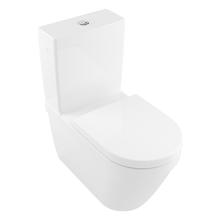 Toilets
Toilets
